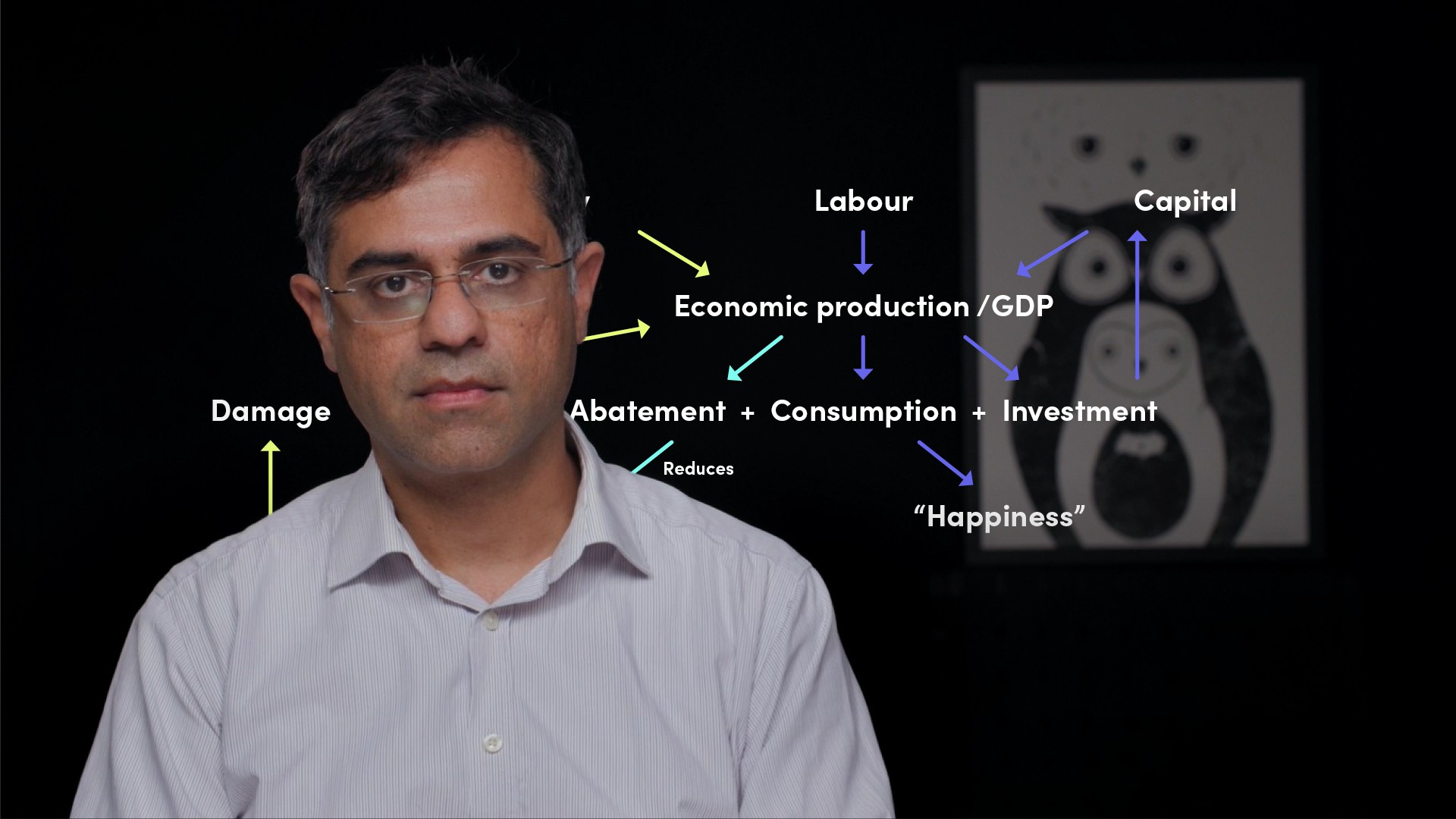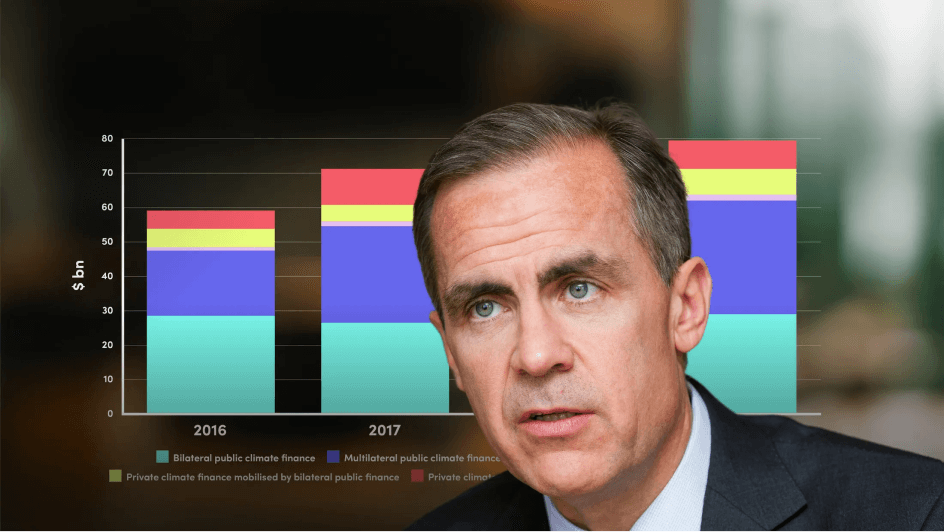
Integrated Assessment Models II

Amit Kara
30 years: Macroeconomist
In the sixth video of this series on the Macroeconomics of Climate Change, Amit outlines why IAMs have been and will remain the workhorse models for climate economics and policy analysis. In this video, Amit continues the discussion around IAMs and completes the model circle. He also discusses how these models can be used to justify climate action.
In the sixth video of this series on the Macroeconomics of Climate Change, Amit outlines why IAMs have been and will remain the workhorse models for climate economics and policy analysis. In this video, Amit continues the discussion around IAMs and completes the model circle. He also discusses how these models can be used to justify climate action.
Subscribe to watch
Access this and all of the content on our platform by signing up for a 7-day free trial.

Integrated Assessment Models II
6 mins 39 secs
Key learning objectives:
Define Abatements Costs
Identify the last component of an IAM model
Overview:
IAMs have been and will remain the workhorse models for climate economics and policy analysis. The smaller ones tend to be good for cost-benefit analysis but they are less good on sectoral, regional and geographical differences. The larger ones tend to include all the complexities, but they tend to be less transparent. As is the case with all models, the answers will be driven by the judgements that the modeller makes in developing the model.
Subscribe to watch
Access this and all of the content on our platform by signing up for a 7-day free trial.
What are Abatements Costs?
This model of the IAM incorporates specifications that capture the emissions control rate or the amount of emissions that balances the cost of lowering those emissions with the benefits to the economy of that reduction. The model can include equations that link emissions with carbon taxes and estimate the cost of achieving a target reduction in emissions. This is important because the effort that we make to mitigate and adapt to climate change depends on the economic cost of climate change.
The present value of future losses is low if we allow for a high discount rate and vice versa. This difference can lead to very different conclusions on the effort that we need to make today to restrict emission levels.
What does the final component of an IAM model include?
Another key component of an IAM is a detailed structure of the economy. Depending on the scope of the model and its coverage, the structure will typically include all the major sectors of the economy and links between these sectors. The model tends to include an energy sector because of the importance of this sector in climate analysis and a typical model will also allow for technology options that drive levels of emissions, energy intensity, carbon capture rates etc.
We have the structure of the economy, the abatement measures and the technology assumptions in place. These and many other assumptions determine the amount of CO2 emissions and the speed at which CO2 accumulates in the atmosphere.
Subscribe to watch
Access this and all of the content on our platform by signing up for a 7-day free trial.

Amit Kara
There are no available Videos from "Amit Kara"





























